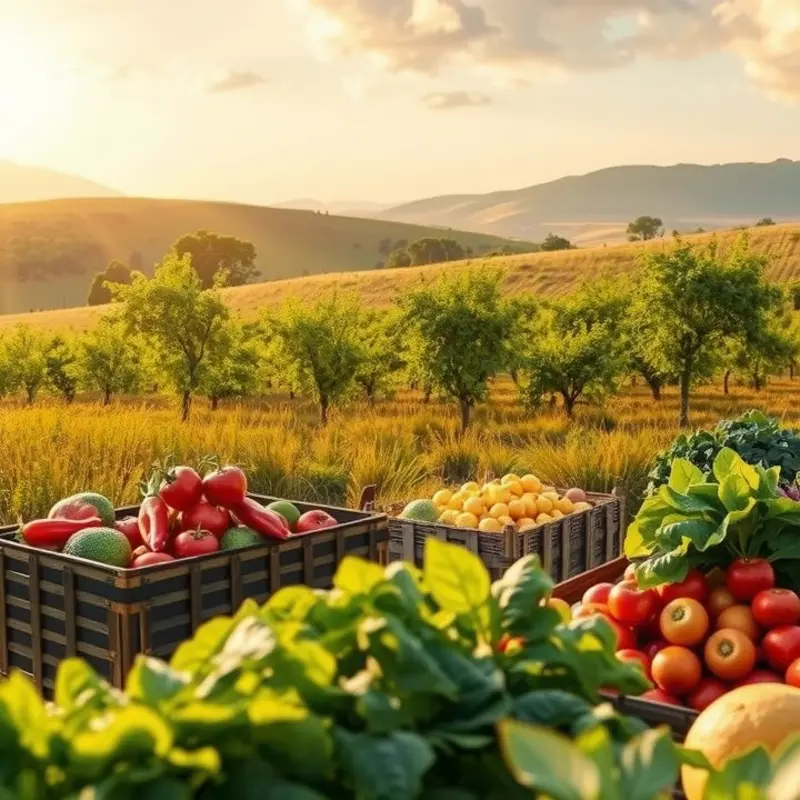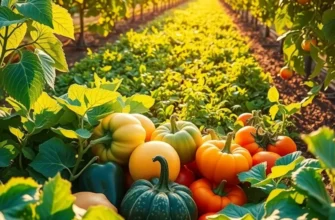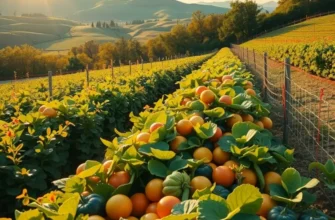As the global demand for seafood increases, the impact on marine ecosystems has never been more critical. Conscious seafood consumption advocates for sustainable practices that help protect aquatic life and ensure the health of our oceans. Choosing seafood responsibly isn’t just about personal preference; it’s a collective effort to maintain balance in our marine environments and offer future generations a thriving planet. This journey toward informed choices is necessary for both ocean preservation and healthier eating habits.
Understanding Sustainable Seafood

Choosing sustainable seafood is a fundamental step toward preserving marine ecosystems. Sustainable seafood refers to fish or shellfish sourced through methods that ensure their populations do not decline over time, while minimizing impact on the habitats and other marine life. To dive deeper into sustainable choices, it’s essential to understand the varieties of seafood and responsible harvesting.
Types of Sustainable Seafood
When evaluating the sustainability of different seafood types, consider factors like abundance, habitat impact, and fishing practices. Species such as mussels and oysters are often deemed sustainable due to their low environmental impact and ability to filter water. Smaller fish like sardines also tend to be sustainable, as they are generally abundant and reproduce quickly. On the other hand, larger predatory fish like tuna can be less sustainable due to their longer lifespans and slower reproduction rates.
Safe and Sustainable Harvesting Practices
Implementing safe and sustainable harvesting practices is crucial to maintain biodiversity. Techniques such as pole-and-line fishing and hand-gathering have lower bycatch rates, which means less unintended marine life is captured. Aquaculture, or fish farming, can also be sustainable if it minimizes pollution and avoids using wild-caught fish as feed. Understanding these practices can guide consumers towards more eco-friendly choices in their seafood diets.
Certifications and Labels
Certifications play a pivotal role in identifying seafood sourced sustainably. Look for certifications from reputable organizations like the Marine Stewardship Council (MSC) and Aquaculture Stewardship Council (ASC), which ensure adherence to strict environmental standards in fishing and farming. These certifications help consumers make informed decisions, empowering them to support sustainable fisheries.
Local Sourcing and Community Impact
Sourcing seafood locally is not only fresher but also beneficial for local economies and ecosystems. Local fisheries often have better oversight, ensuring compliance with sustainable practices. Supporting these businesses can contribute to regional conservation efforts and help reduce the carbon footprint associated with transporting seafood long distances.
Understanding how sustainable practices extend beyond just seafood can enhance your overall eco-conscious approach to food. For more tips on how to store food sustainably in your kitchen, visit this guide.
In making conscious decisions about seafood, consumers can play a significant role in promoting the health of our oceans. By opting for sustainably harvested seafood, checking for the right certifications, and supporting local fisheries, our choices contribute positively to marine conservation efforts.
Making Informed Seafood Choices

Choosing seafood that aligns with both health and environmental goals requires informed decision-making. By understanding the labels, certifications, and sources of your seafood, you can make purchases that contribute to ocean sustainability.
One of the most direct ways to ensure your choices are sustainable is to shop at local farmers’ markets. These markets often feature products from nearby fisheries, providing fresh and often more sustainably caught seafood. Speaking directly with vendors allows you to ask questions about the fishing practices used, promoting transparency and sometimes offering insights into lesser-known sustainable options.
When purchasing from larger stores, understanding seafood labels is crucial. Two common labels are “farmed” and “wild-caught.” While both have their merits and shortcomings, some certifications ensure better practices. Certifications such as the Marine Stewardship Council (MSC) or the Aquaculture Stewardship Council (ASC) logos indicate adherence to environmental standards. These markers help guide you in selecting products that support aquatic health.
Choosing seafood with these certifications not only supports sustainable practices but also provides reassurance regarding the quality of what you are buying. To dive deeper into safe selection, check out resources like Speedy Seafood Prep which can help navigate through various preparation processes of your chosen seafood.
It’s also vital to take note of the seafood’s origin. Supporting local fisheries over imported options can reduce the carbon footprint associated with transportation. Additionally, local fisheries are more likely to utilize methods that are environmentally considerate, such as pole-and-line fishing or trap-caught seafood, which minimize bycatch and environmental disruption.
Another practical step is researching the species of seafood you purchase. Certain fish, such as anchovies or sardines, are more sustainable due to their abundance and lower demand. Popular choices like tuna or shrimp might not always come from sustainable sources. Knowing which species are plentiful and have lesser environmental impact makes a significant difference. The Eco-smart kitchen storage guide can further assist in storing these responsibly to reduce waste.
By arming yourself with knowledge and using your purchasing power wisely, you become part of the conscious seafood revolution. Your informed choices encourage markets to prioritize sustainable practices, ultimately benefiting both your health and the health of our oceans.
Final words
The importance of conscious seafood consumption cannot be overstated. Every purchase we make contributes to the demand for sustainable practices that aim to protect our oceans. By understanding seafood sustainability and making informed choices, we can positively influence our environment. Adopting these habits encourages not just healthier eating but also fosters a deeper connection to the ecosystems that support us. Together, we have the power to drive change and ensure that our oceans thrive for generations to come.








